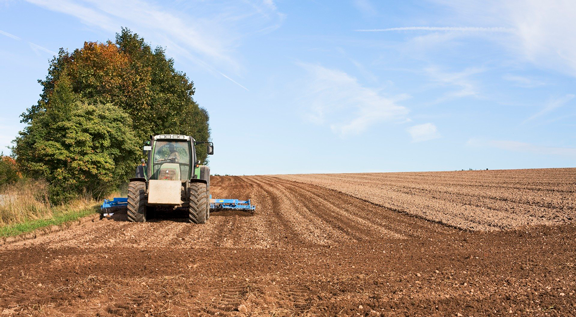
Image: Pixabay
Vegetative index is above the previous season in the north of Mato-Grosso, in the southwest of Mato Grosso do Sul and in the west of Paraná.
Crops, in general, are evolving in a similar way or above the average development in the 2022/2023 harvest, in the main producing regions of the country, according to the monitoring of summer crops carried out by the National Supply Company (Conab). The Agricultural Monitoring Bulletin, published this Thursday (26), evaluates the agrometeorological situation and the behavior of vegetation indices obtained from agrometeorological models and remote sensing to measure the development of cultivated areas in several producing states.
{module Form RD}
The most recent data shows that the vegetative index is above the previous harvest in the north of Mato-Grosso, in the southwest of Mato Grosso do Sul and in the west of Paraná. In the first state, the difference is mainly due to the delay in planting crops. In the last two, the main cause is the impact of the lack of rain on the development of the previous harvest. Likewise, in the Matopiba region (an area that encompasses the states of Maranhão, Tocantins, Piauí and Bahia), the evolution graphs of the vegetative index are also indicating a good productive potential for soybean and corn crops in the current harvest.
In the south of Goiás, the index indicates vegetative development similar to that of the last harvest. In the west of Santa Catarina, despite the impact of excessive rainfall and low temperatures, which delayed the implementation and development of crops at the beginning of the current harvest, the vegetative index is close to average, indicating a satisfactory condition in the development of corn. first harvest and soybeans.
On the other hand, the vegetative index is below average in the northwest of Rio Grande do Sul due to water restrictions. So far, the graphs express more positive conditions compared to the last harvest, which was strongly impacted by the lack of rain.
The study is the result of collaboration between Conab, the National Institute of Meteorology (Inmet) and the Global Agriculture Monitoring Group (Glam), in addition to collaborating agents who provide data researched in the field.
Source: datagro









